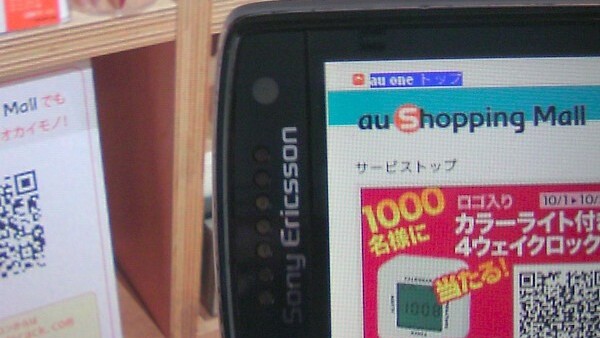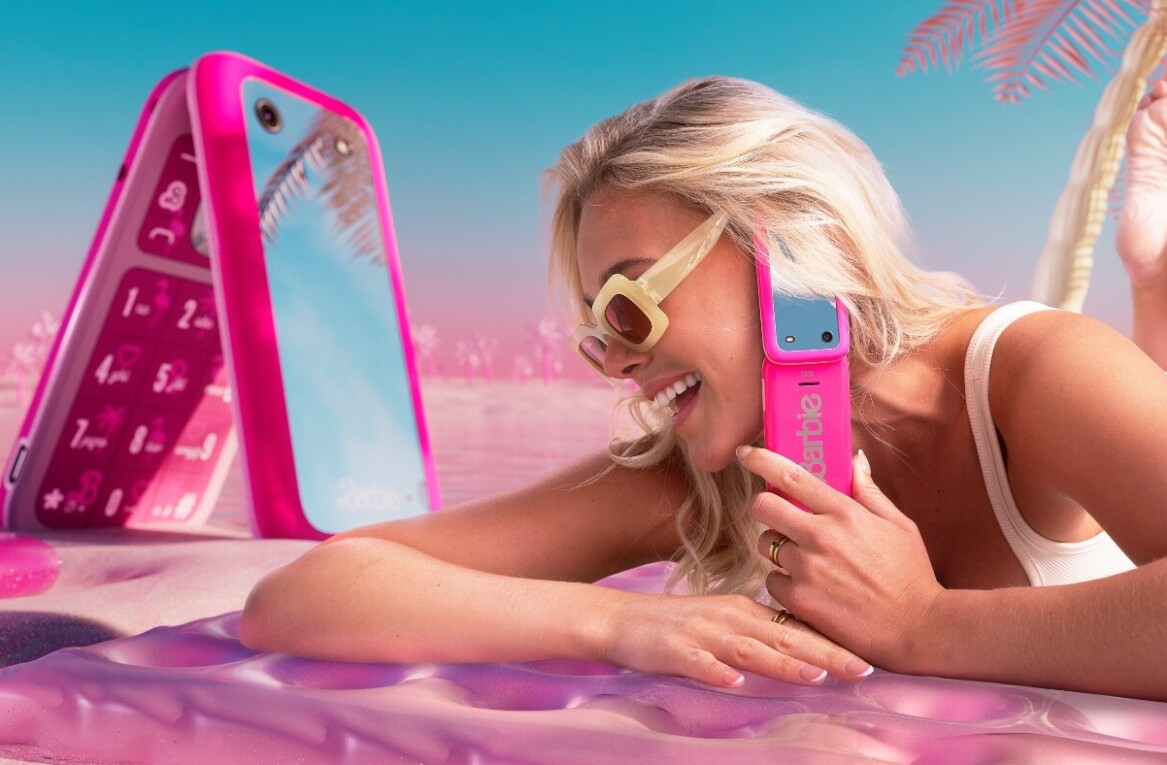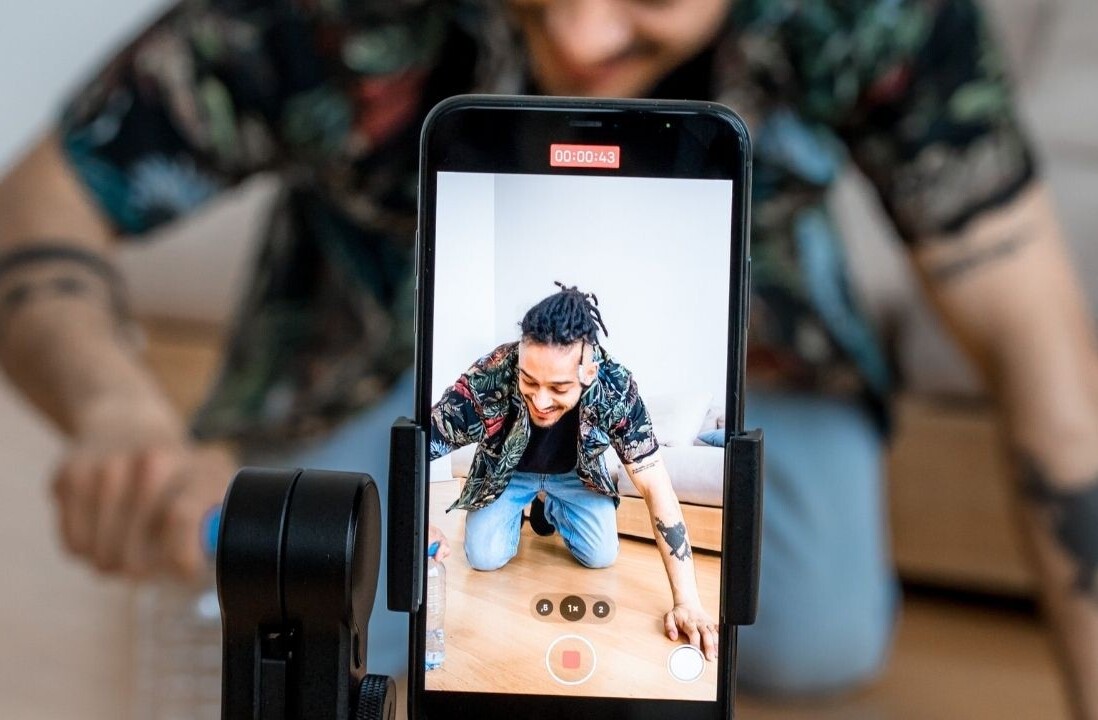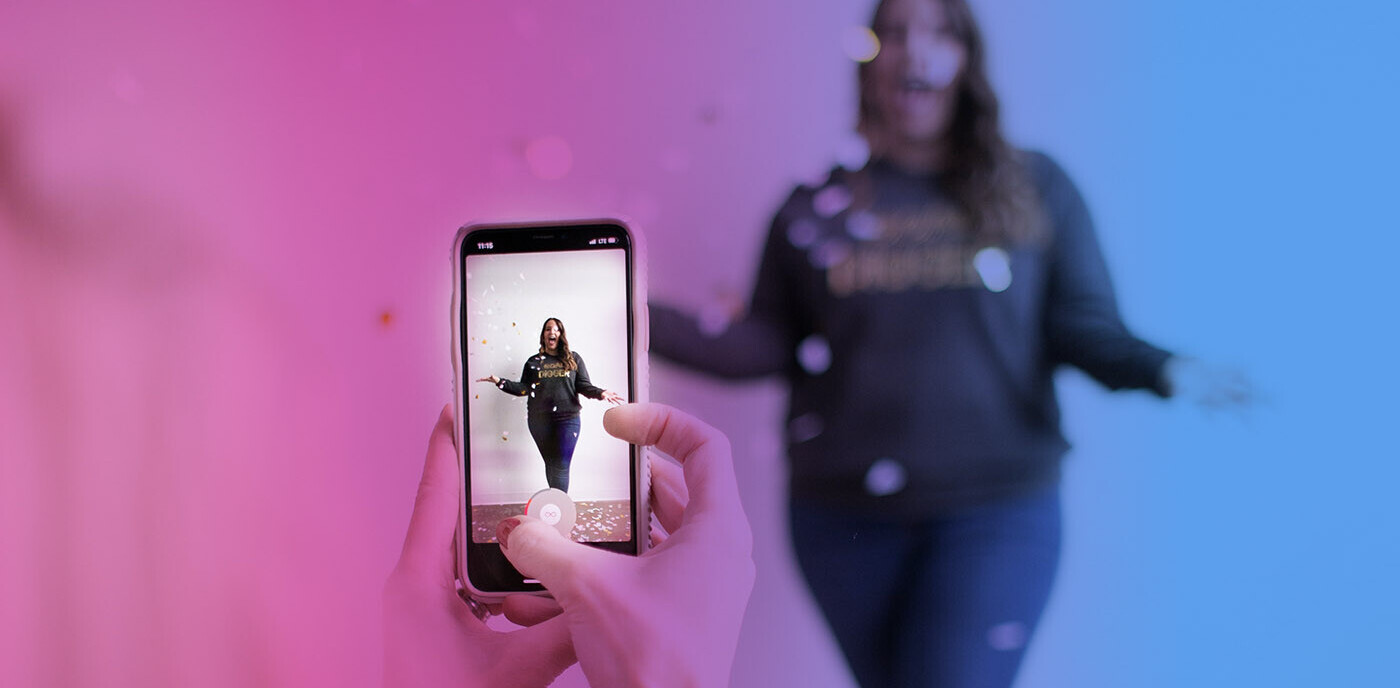
 The explosive global growth of the smartphone market has inevitably lead to the corresponding growth of the mobile Web. According to a study by DotMobi, the rate of global mobile Web content growth over two years outpaces the growth of the desktop Internet over that same period. The 2008 DotMobi study showed 150,000 mobile websites, while the 2010 study reached approximately the 3.01 million sites. 2010 was the banner year for brands to build a strong mobile presence, with 43% of Fortune 50 companies having mobile websites or apps, enabling mobile transactions such as shopping and updating account information and 22% of them placing QR codes in magazines, on billboards, or at any convenient location to deliver relevant content to smartphone users.
The explosive global growth of the smartphone market has inevitably lead to the corresponding growth of the mobile Web. According to a study by DotMobi, the rate of global mobile Web content growth over two years outpaces the growth of the desktop Internet over that same period. The 2008 DotMobi study showed 150,000 mobile websites, while the 2010 study reached approximately the 3.01 million sites. 2010 was the banner year for brands to build a strong mobile presence, with 43% of Fortune 50 companies having mobile websites or apps, enabling mobile transactions such as shopping and updating account information and 22% of them placing QR codes in magazines, on billboards, or at any convenient location to deliver relevant content to smartphone users.
Mobile has not yet played an important role as a selling point as much as a shopping companion, even while making in-store purchases, for checking reviews, getting product info and comparing prices. A 2010 survey uncovered that viewing in-store specials before entering a store, getting driving directions, finding out if an item is in stock, locating items in-store and using their phone as a loyalty card are considered much more important as features than having the ability to complete a mobile purchase .
2010 was a turning point for mobile shopping with 44% of smartphone users downloading shopping apps and mobile commerce (m-commerce) sales increasing to $3.4 billion from $1.4 billion in 2009. This is just a stepping stone for what it is to come in 2011 when the rapid growth of mobile payments and innovation in m-commerce solutions are expected to transform the way we shop on and off line.
Who rocked m-commerce in 2010?
Transforming in-store shopping events: Brands, especially fashion and cosmetics, have tried using mobile devices in-store to spice up the customer’s experience. So far we’ve witnessed this trend manifest itself mostly in using iPads as a display for new product presentations, but there have also been some fresh examples, like Burberry’s “Retail Theatre” application that allowed attendees of the special events streaming the London Fashion Week runway show for spring/summer 2011 at global Burberry boutiques to order items right off the runway with a few weeks arrival time. Mobile devices can be valuable tools for the sellers, to assist customers make more informative purchasing decisions and to speed-up customer service in-store.
Utility apps: Shoppers expect more from a retailer’s app than pretty images and an address book. It’s up to brands to create utility apps that focus on the customer’s convenience to keep them engaged at the time that most people erase apps at the same speed that they download them. A great example of this is the drugstore chain Walgreen Co.s’ Android app that allows consumers to scan the bar code on a prescription bottle and instantly order a refill. Customers can opt to receive a text message alert when their order is ready for pickup. 1-800Flowers has also a great mobile presence, both with apps and a mobile site that make it easy to order the right gift for any occasion. Pizza Hut provides the option to place an order through mobile web or an iPhone app, but only for U.S. residents at the time. A first for UK supermarkets was the Tesco app that enabled its customers to add specific items to their online shopping basket at anytime with a simple barcode scan.
Mobile payment: In 2010 numerous mobile payment applications have launched as consumers get used to using their smartphones as wallets. iTunes, Google Checkout and Amazon keep the user’s billing and shipping information on file making the check out time super short for returning customers. Credit card companies like Visa and MasterCard have launched their own applications, while it’s been reported that AT&T and Verizon plan to replace credit cards with smartphones. Twitter co-founder Jack Dorsey’s Square, that allows people to accept credit card payments directly from their mobile was the most talked about of a series of start ups focusing on mobile payments like Zong, Boku, Venmo, Paypal and Fortumo. Starbucks was the first big brand to roll out a mobile payments initiative in selected stores across U.S, allowing customers to just scan their phones to pay. It remains to be seen which of these different efforts will prevail in 2011.
Mobile with style: Mobile apps have been the new black for fashion brands in 2010, with many of them managing to balance utility features with beautiful design. Tommy Hilfiger’s iPhone app with focus on the images and full shopping functionality, while Polo Ralph Lauren with the Rugby Ralph Lauren Make Your Own app took the m-shopping experience a step further enabling the users to design, share and purchase their own rugby shirt, polo shirt, or sweater. DVF offers mobile shopping as well with DVF’s exclusive promotions for its mobile shoppers, keeping the mobile experience branded yet unique. Gilt launched one of the first iPad apps with unexpected success; just one day after the device debuted, 2.4% of Gilt’s sales came from the iPad, inspiring Gilt to host a series of mobile-only sales. Fashion and luxury brands were slow to get into the tech scene, but in 2010 they went in full force. It will be interesting having turned so much of their efforts and budgets on technology innovation to see how they will use it to stay relevant in 2011.
Mobile coupons: U.S. mobile coupon spending is expected to climb from $90 million in 2009 to $6.53 billion in 2014, although this is still well below Internet coupon spending, which will grow from $4.2 billion to $22.6 billion over that span. Since the coupon concept is already familiar to retailers the transition from print to mobile coupons was smooth. Target, which was named 2010 Mobile Retailer of the Year, was one of the first retailers to offer scannable mobile coupons for redemption at checkout. Macy’s partnered with Shopkick to boost up sales through location-based mobile rewards, while brands like Gap, JCPenney and Tasti-D Lite have chosen to deliver their offers through location-based social media platforms like Foursquare, Gowalla and Facebook Places. One issue retails will have to face in 2011 is keep the mobile couponing procedure as simple as possible as they will have to train their staff to accept mobile coupons and possibly install the necessary equipment to scan them. Also the use of so many different platforms by retailers could be confusing to the customer, who already seems to suffer from a check-in overload.
Mixing the offline with the online world: Mobile barcodes that link the physical with the online world have been widely used this past year as a source of richer product information while shopping in-store. BestBuy has included 2D bar codes in store that the customer can scan with the BestBuy app to retrieve relevant product info, offers and rewards. Food and beverage companies have also used codes to provide consumers with information about their products’ origins online, like Coca-Cola UK. Mobile codes have also been used to “steal” customers while in-store like the Amazon and eBay apps that support barcode scanning for price comparison. The La Redoute app went beyond the codes with the use of image recognition allowing shopping through its print catalog just by snapping a photo of the desired item with a phone’s camera. Barnes and Noble’s bookstore app also uses visual search, so the user can get product information, reviews and ratings, as well as reserve a copy in a nearby store by snapping a photo of the front cover of the book, CD or DVD.
A challenge for 2011 will be the development of a code that can be read by any mobile phone as the wide variety of codes and applications to read them, may leave the customer unsatisfied and confused. Image recognition technology holds great promise, with Google already investing in visual search.
Have you m-shopped in 2010? What is your biggest wish as a mobile consumer for 2011?
Get the TNW newsletter
Get the most important tech news in your inbox each week.




